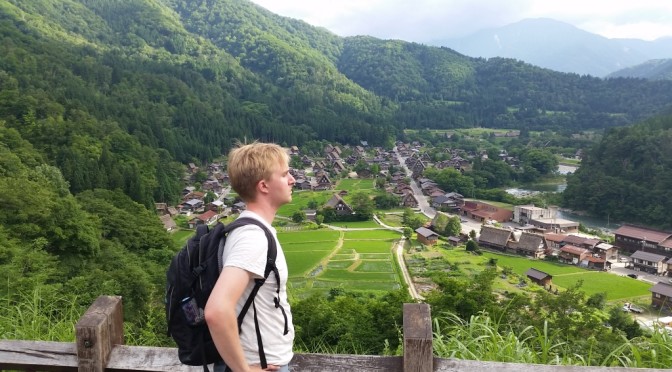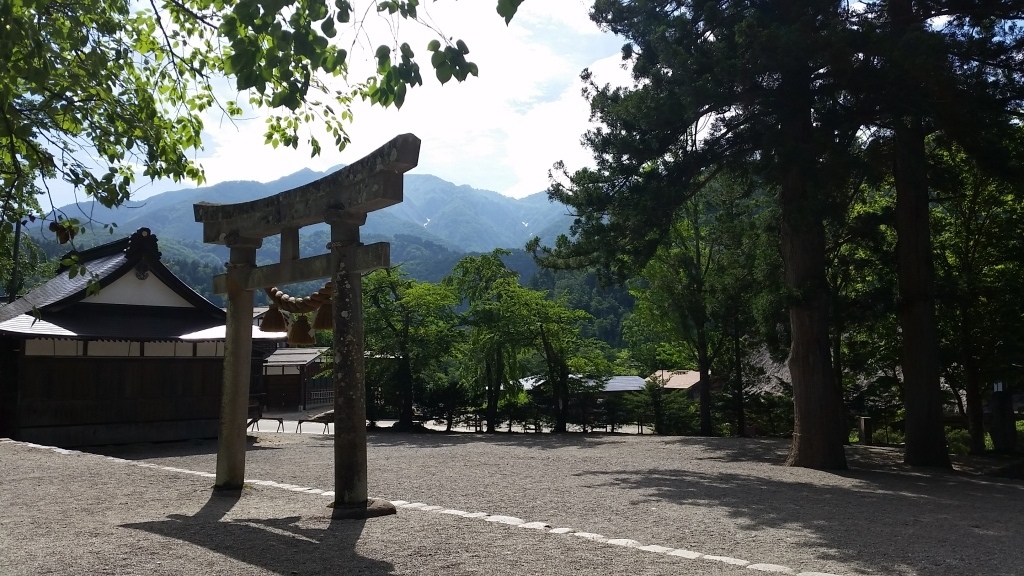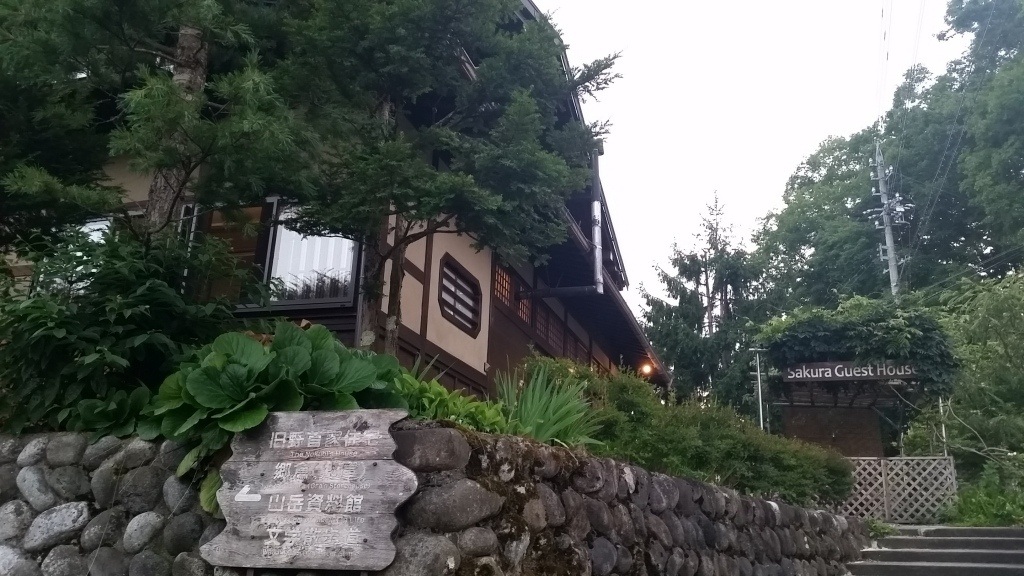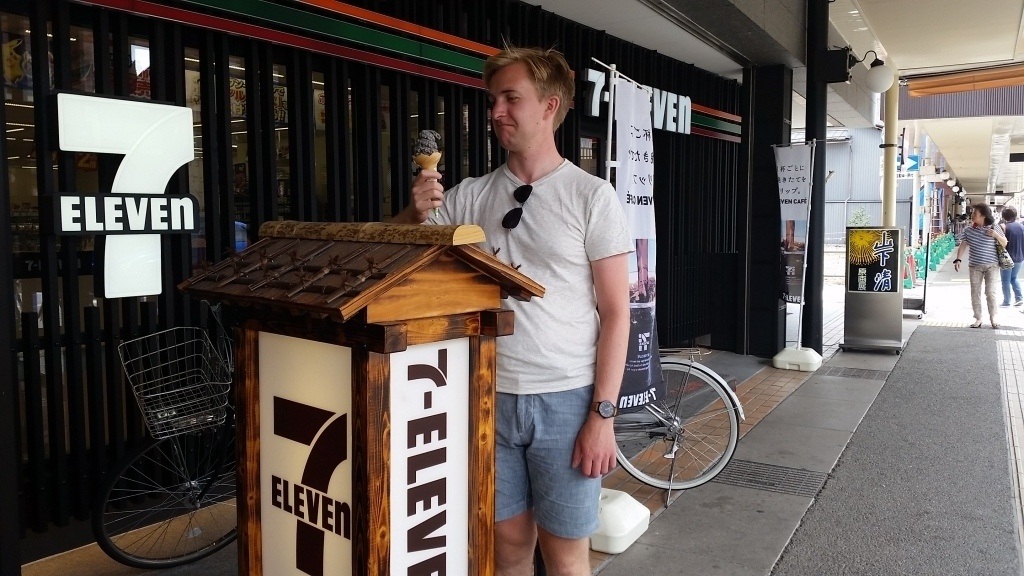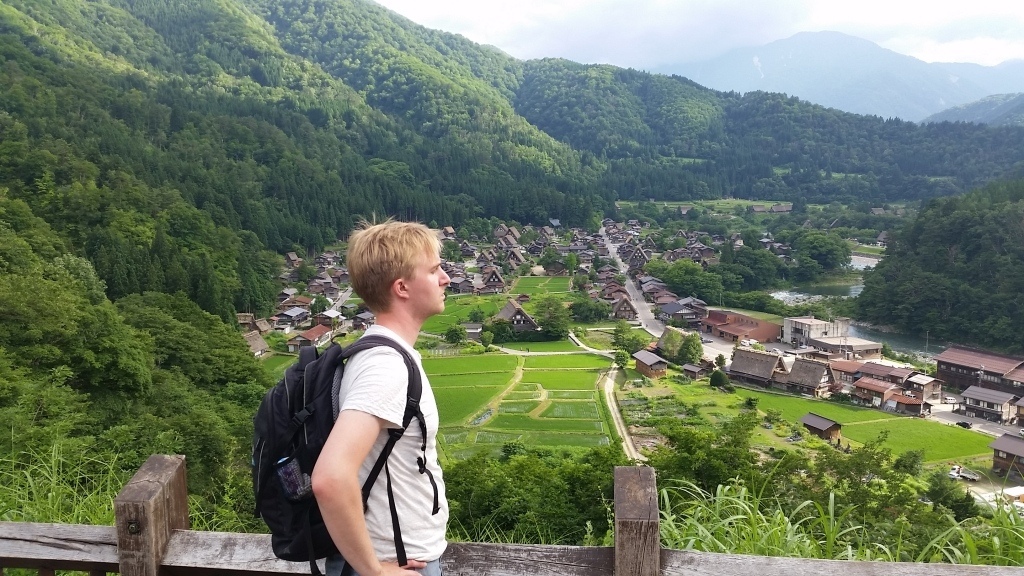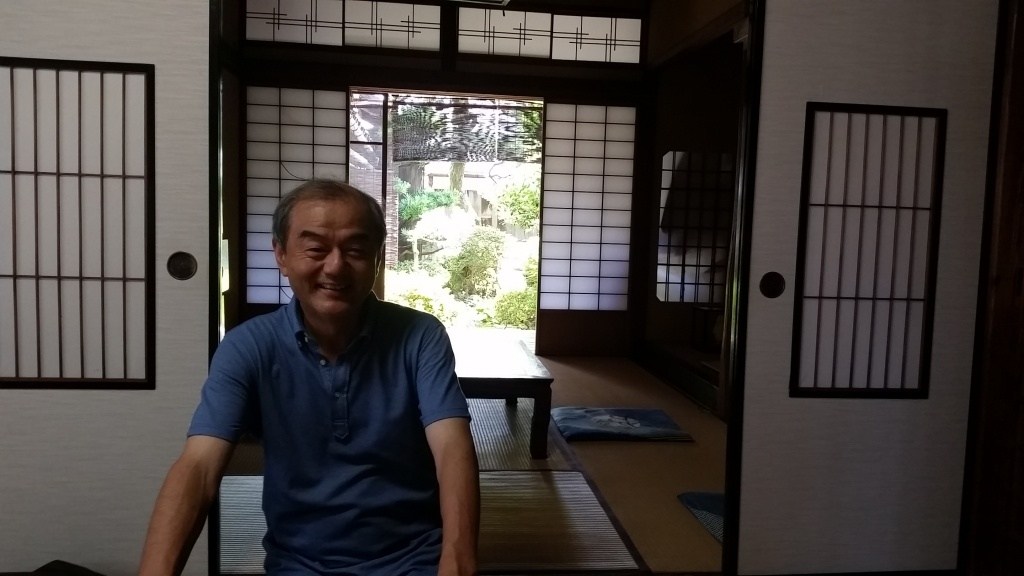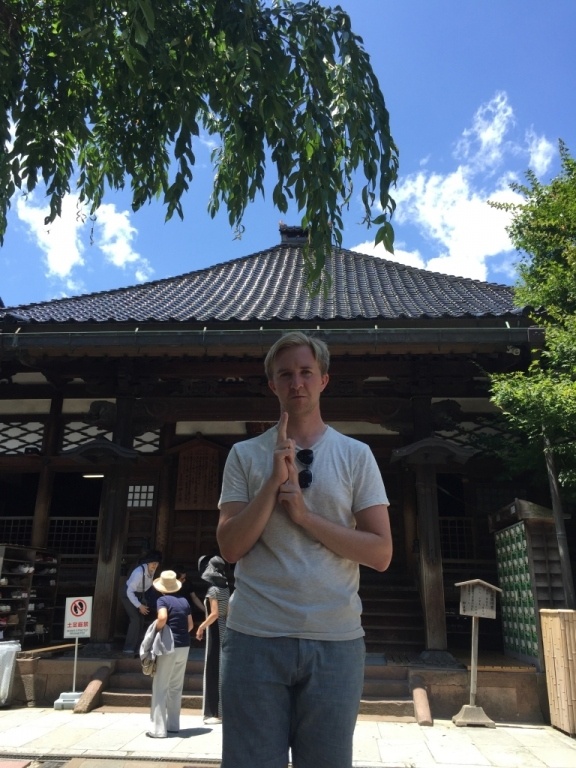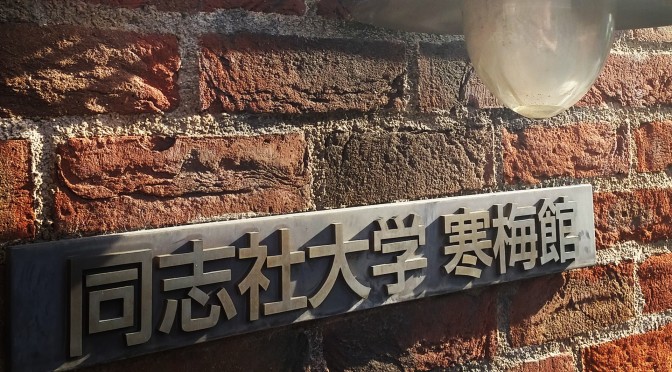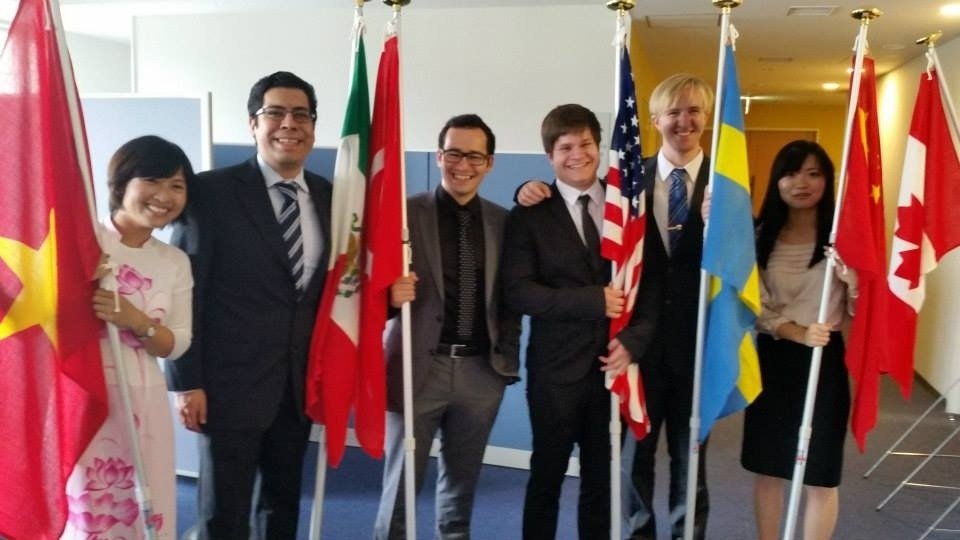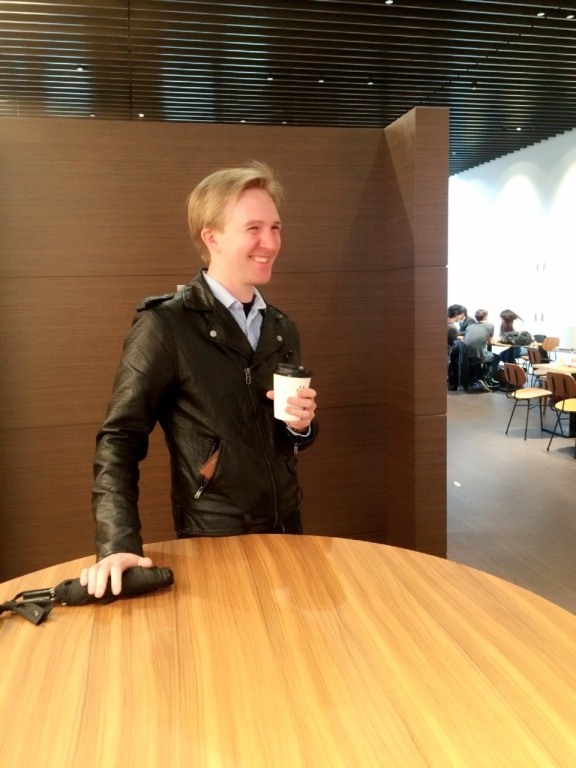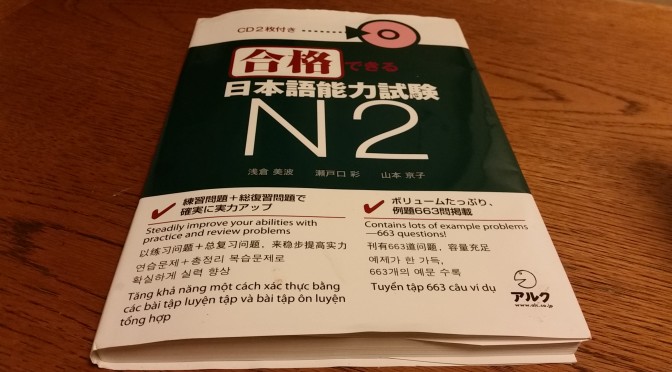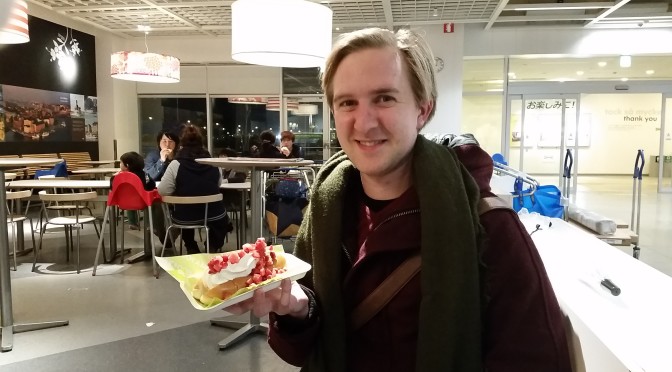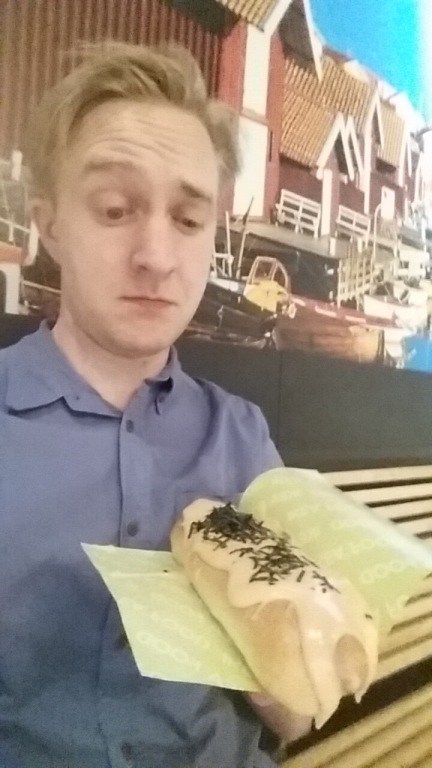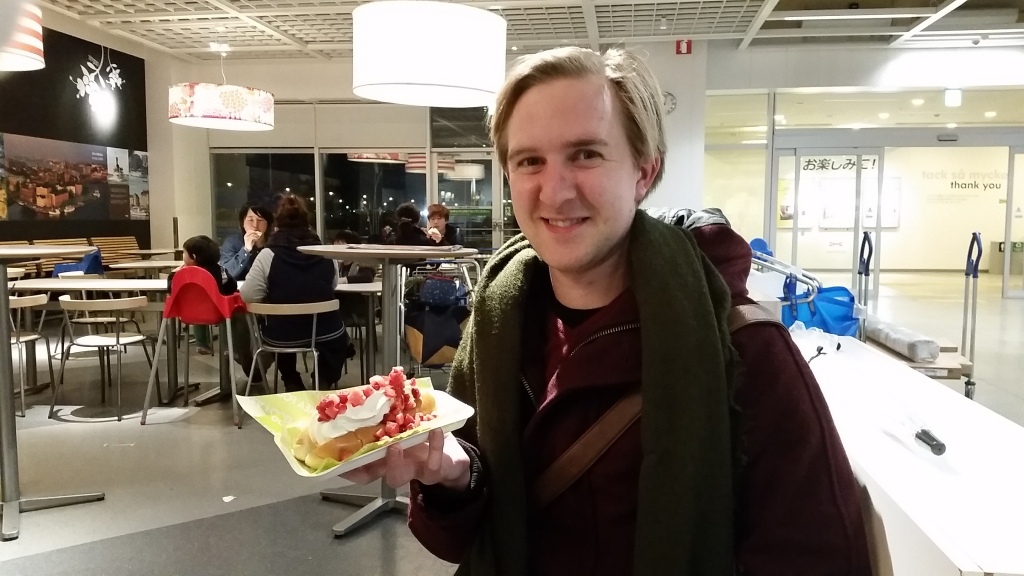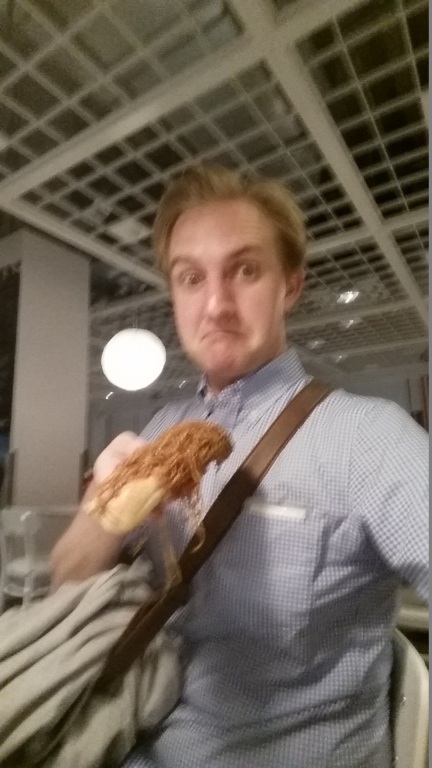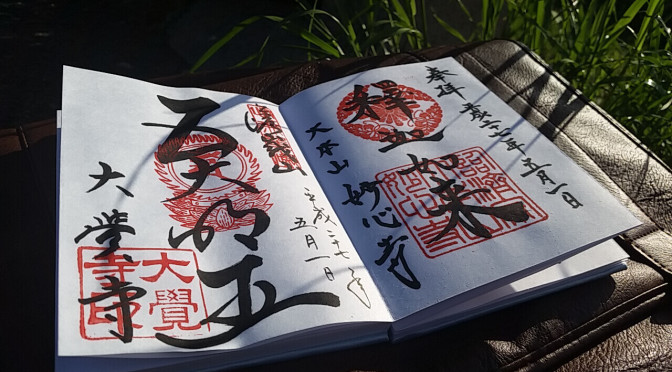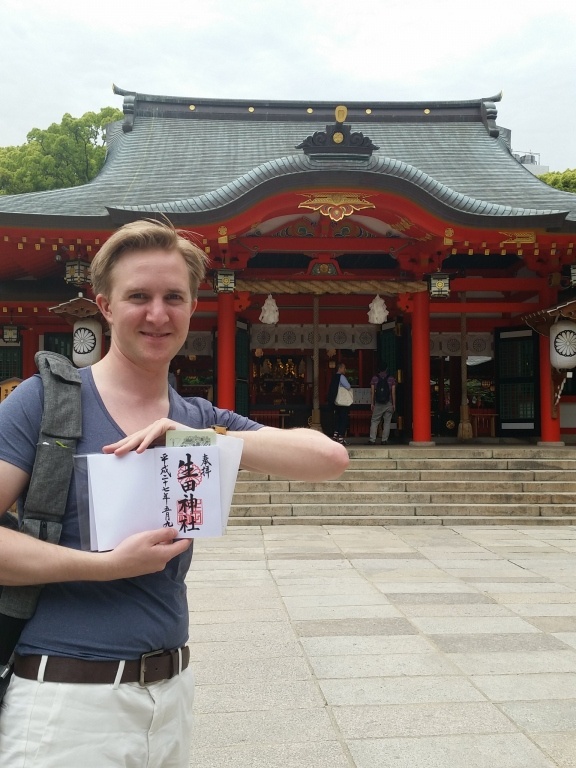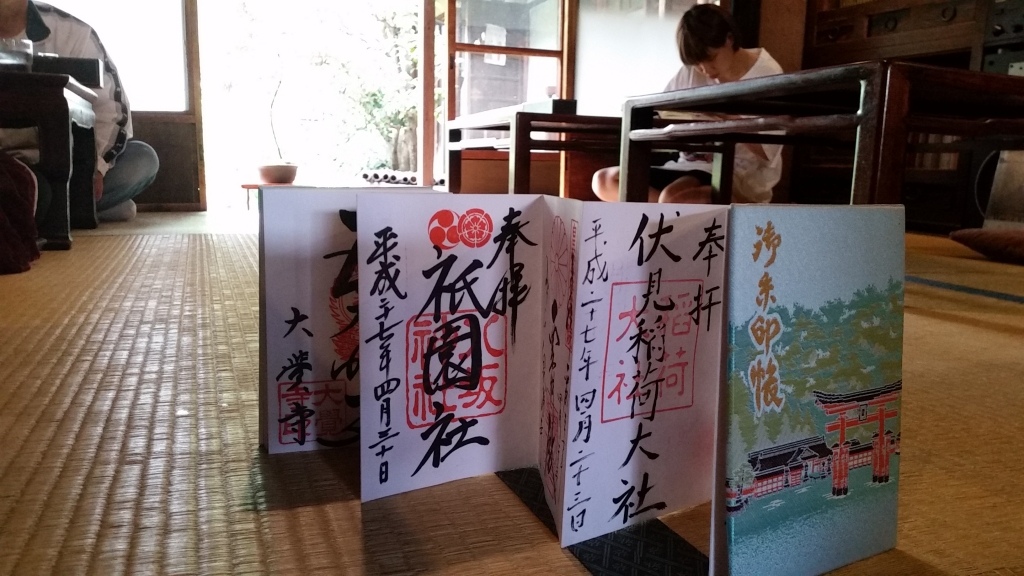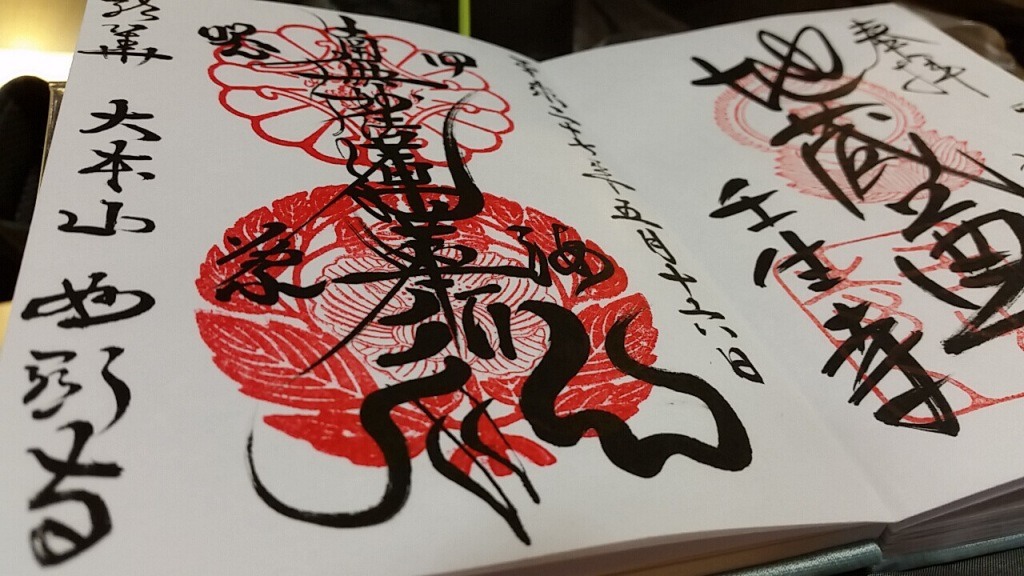Do the names Gifu and Kanazawa ring any bells? Or maybe they are a faint memory hidden in the recesses of your mind? In this blog post, I will shed some light on these two culturally rich prefectures in Japan.
Not long ago, I rented a car in Kyoto and explored the area northeast of Kansai.
The first stop was Gujo Hachiman, a small mountain village that takes pride in its water and is famous for its dance festival every summer, the Gujo Odori. It’s said that the dance goes on all night on each of the four consecutive Obon days in mid August. Another funny fact is that Gujo is the place where Japan’s famous food replicas were invented, and are still produced there today.
As the sun began to set, we checked in at the cozy Sakura guest house in Takayama. Before going to sleep, we had a Nightcap at the Red Hill Bar in a hidden place a bit far from the central area! The Morning Market was also decent but filled with strange and often unnecessary things. The highlight of that excursion was that I was able to finally try goma(sesame seed) flavored ice cream! It was overpriced but delicious.
The second stop was our main destination, the amazing Shirakawago village in Gifu Prefecture. It reminded me of Sweden in many ways, except for all the Japanese people there. There was a fresh mountain river running through the valley by the village. The local village temple had a fire that was perpetually burning downstairs, and even during the hot summer months! I heard that it was to keep insects away.
We spent the last day in Kanazawa, where we stayed at another guest house. The enthusiastic owner there showed us the true meaning of Japanese Omotenashi. The house is called Akatsukiya and is a cultural heritage site. It also has a beautiful garden that can be viewed from the dining area.
The final destination of the trip was Kanazawa’s Myoryuji (Ninja) temple! In reality, it has nothing to do with Ninjas, but the temple was built by the Maeda lords of feudal Japan and has many deceptive defenses. There were hidden rooms and traps, and scaled a total of seven stories! We first spoke to a rude Japanese woman who gave us misleading information about parking spaces. However, the experience was saved when a guide from the temple came to the rescue!
白川郷の美しさ
岐阜と金沢(石川県)と聞き、何か心当たりはありますか?おそろく、ぼんやりとしたイメージが記憶のどこがにあるかもしれません。今回の記事では、この二つのすばらしい場所に当て私の旅行の思い出を書きます。
まず私は京都で車を借り、関西の北東のほうを探索するために出発しました。
最初のストップは郡上八幡。それは水に誇りを持っている地域で、毎夏には郡上踊りという祭で賑わう小さな町です。郡上踊りは毎年8月中旬のお盆の時期に4日間連続で行われる郡上八幡で伝統的な行事です、もう一つ面白い事実はmこの地域は食品のれぷりかの生産地として有名で、今でもレストランやカフェで目にする食事の見本はそこで作られています。
日没が近づいたとき夕日をせに、私たちは高山にある居心地のいい桜ゲストハウスにチェックいんしました。夕食を食べ、就寝前に中心部から少し離れていて、見つけにくい場所にあるRed Hillというバーで寝酒を飲みました。そしてまたゲストハウスに戻り旅の第一日目を終えました。高山市の朝市はなじみのないものや、観光で来ている私たちには不要なものが売ってあったため、そこでは何も買いませんでした。しかし、その朝、私はついに!高くて美味しい胡麻アイスクリームを食べることができました。
第2目的地は、この田部のメインである岐阜県の素晴らしい村、白川郷でした。その場所は、日本人が歩いていること、日本語を話していること以外様々な点で、スウェーデンと似ているとことがありました。谷になっている村の真ん中には新鮮なやまからのみずが流れる大きな川があり、村にあった寺院の一つでは年中継続的に火を炊いていました。その理由は害虫を寄せつけないようにするためだそうです。
最終の日は、石川県の金沢で過ごしました。金沢ではあかつきやという古民家ゲストハウスに宿泊し、とても情熱的なオーナーが私たちを日本のおもてなしで温かく迎えてくれました。あかつきやは文化遺産です。またダイニングテーブルからは日本の夏を感じさせる美しい庭園を望むことができました。
旅の最終ストップは金沢の妙立寺(またの名を忍者寺)というお寺です。忍者寺として有名ですが、実際忍者とは全く関係ありません。お寺は前田領主が創建し、敵の侵入を防ぐためにさまざまな仕掛けがしてります。例えば隠し部屋、落とし穴、トラップ、隠し階段など、外観は2階建てに見えますが、中は4階建て7層になっている複雑な構成です。最初私たちが妙立寺に着いたとき、駐車場について間違ったそこの情報をもらったこと、そこの係員の態度に気分を悪くしました。しかし、その後の寺内ガイドが分かりやすくてとても面白かったので、寺ツアーの最後は笑顔で忍者寺をあとにすることが出来ました。
